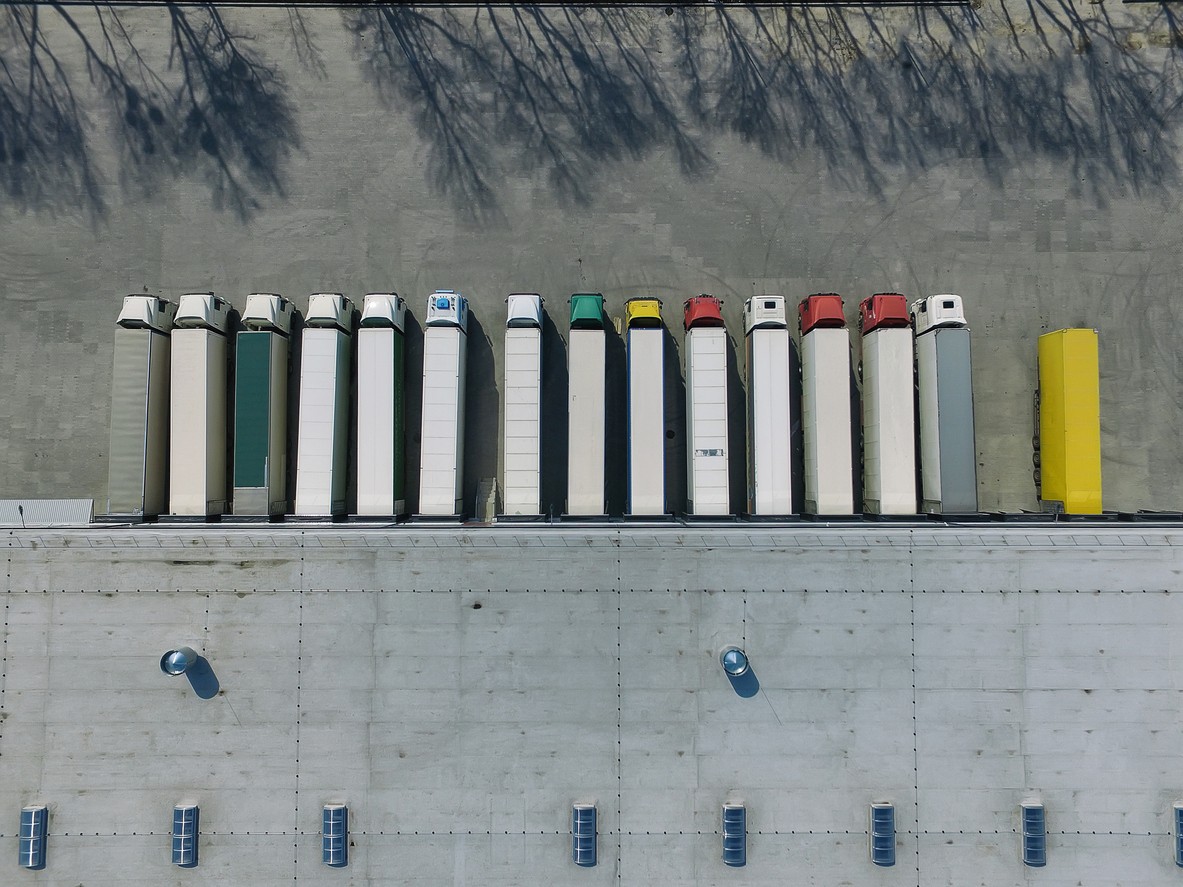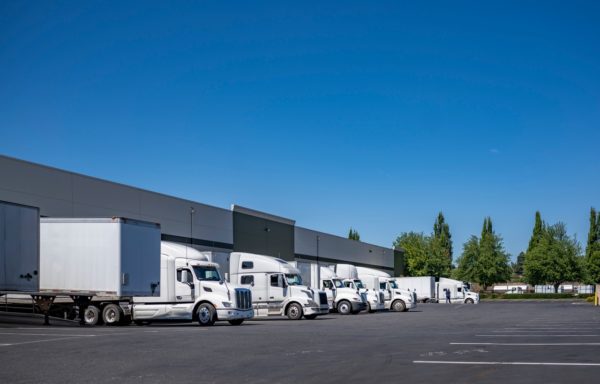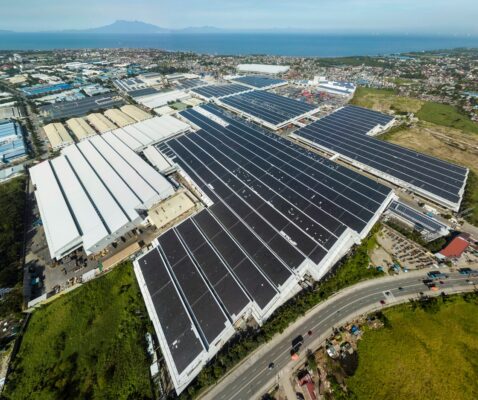
WAIRE Program – What is it and Why is it Important?

WAIRE, which is short for Warehouse Actions and Investments to Reduce Emissions, is a program made specifically to improve the environment. With climate change escalating at an alarming rate, it is vital to protect the environment before things get out of control. This is where a program like WAIRE can help minimize harmful gas emissions to ensure the environment remains safe. Currently, the WAIRE program focuses on the following locations:
- Orange County
- Riverside County
- Los Angeles
The primary purpose of the WAIRE program is to encourage California warehouse operators and owners to minimize the use of dangerous emissions and alternate them with environmentally friendly options. Warehouses with an indoor floor space of 100,000 square feet should specifically follow this rule. This program’s main aim is to curb diesel and nitrogen oxide emissions, which could improve the health of the people in the counties mentioned above.
Besides using environmentally friendly options, warehouses must also follow strict quality standards proposed by the South Coast AQMD (South Coast Air Quality Management District.)
Why Was this Program Introduced?
The alarming increase in nitrogen oxide emissions threatened the health of thousands of individuals in different areas, which eventually birthed the WAIRE program in May 2021.
Why Warehouse Owners Must know About WAIRE Implementation Guidelines
Following the WAIRE program is vital for California warehouse operators and owners to keep harmful gas emissions to a minimum. However, understanding how the program works can be challenging for those new to it. If you are one of those people, continue reading as we will discuss essential WAIRE implementation guidelines you should be familiar with.
WAIRE Implementation Guidelines – Everything You Need to Know

The Warehouse indirect source rule, also known as rule 2305, provides the WAIRE program, a points system that warehouse operators and owners must adhere to. The program determines an operator or owner’s WPCO (Warehouse Points Compliance Obligation) based on their yearly truck trips to existing and new warehouses with an indoor floor space of 100,000 square feet in a single building utilized for warehouse-related activities.
All warehouse operators should obtain or earn WAIRE points for meeting their Warehouse Points Compliance Obligation every year to ensure they play their part in safeguarding the environment. Rule 316 sets up the fees required for funding the compliance activities of the South Coast AQMD affiliated with rule 2305.
It is worth remembering that the WAIRE implementation guidelines do not replace Rule 316 and 2305’s requirements but are there to offer warehouse owners and operators additional guidance to help them follow the rules.
Complying with the Program Guidelines
Warehouse operators and owners must provide their facility’s initial information to comply with the WAIRE program. Once the governing board approves their information, warehouse owners can access a WAIRE Program online portal to enter their reports. They must also fill out a WON (Warehouse Operations Notification) document, providing details about the warehouse and its tenants. On the other hand, operators must provide 2 forms.
Annual WAIRE Report: Warehouse operators must complete the annual WAIRE report once during each compliance period.This report details the total points earned by the operators and their WPCO (WAIRE Points Compliance Obligation).
Initial Site Information Report: Operators must submit the initial site information report only once during the initial compliance period while operating at their facility. However, if an operator goes to another warehouse, they must submit another ISIR.
WPCO (WAIRE Points Compliance Obligation) – What is it?
The WAIRE Points Compliance Obligation is the total points an operator needs to generate during every compliance period to reduce transportation-related emissions inside and outside their respective facilities. Mentioned below is the formula used for calculating the WPCO:
Weighted Annual Truck Trips × Stringency (Points/WATT) × Annual Variable (Phase-in schedule) = WPCO
WATTS
In the formula mentioned above, WATTS represents the total truck trips outside and inside an operator’s warehouse. Truck trips are classified as 1 trip made by straight trucks and tractors when picking up or delivering goods. A truck will essentially be responsible for 2 total trips if they exit and enter a warehouse.
However, since emission levels can vary, every truck is weighted differently. Here are the 2 formulas used to determine WATTs based on the type of vehicle a person drives:
WATTs = (Class 2b to 7 truck trips) + (2.5 x Class 8 truck trips)
WATTS = (Straight Trucks) + (2.5 x tractors or tractor-trailers)
Annual Variable
The annual variable value can vary depending on factors like the phase-in schedule and the compliance year. If you want to learn about the correct value to use in your calculation, consider going through this table:
| Compliance Year | Phase 1 ≥250,000 ft2 | Phase 2≥150,000 -249,000 ft2 | Phase 3≥100,000 -149,999 ft2 |
| 2022 | 0.33 | 0 | 0 |
| 2023 | 0.67 | 0.33 | 0 |
| 2024 | 1.0 | 0.67 | 0.33 |
| 2025 | 1.0 | 1.0 | .067 |
| 2026 and after that | 1.0 | 1.0 | 1.0 |
Stringency
Stringency is a value that determines the compliance level warehouse operators are required to meet. Currently, the value is set to phase over 3 years, at exactly 0.0025 WAIRE points per WATT. The table below showcases WAIRE’s stringency compliance timetable from 2022 to 2026 and beyond:
| Compliance Year | Phase 1 ≥250,000 ft2 | Phase 2≥150,000 -249,000 ft2 | Phase 3≥100,000 -149,999 ft2 |
| 2022 | 0.000825 | No WPCO | No WPCO |
| 2023 | 0.001675 | 0.000825 | No WPCO |
| 2024 | 0.0025 | 0.001675 | 0.000825 |
| 2025 | 0.0025 | 0.0025 | 0.001675 |
| 2026 and after that | 0.0025 | 0.0025 | 0.0025 |
How Does the WAIRE Points System Work?

As mentioned earlier, the WAIRE program has a menu-based point structure, which requires warehouse operators to earn a particular amount of points each year. They can earn these points in the following ways:
- Choose any action present in WAIRE’s menu and complete it, such as installing a commercial solar system.
- Follow a site-specific and, most importantly, approved WAIRE plan and finish the different associated tasks
- Make sure you pay an EMF (emissions mitigation fee)
The WAIRE menu extensively lists the different activities that warehouse operators can perform to gain points. If you want to view the activities, consider checking page twenty of this document by AQMD.
On the other hand, if you are an operator who wants to pay the mitigation fee, then the related funds will be redistributed in the form of incentives for other technologies like zero-emission vehicles, near zero-emission vehicles or fueling and charging stations in nearby communities.
If someone earns more points than the required amount for their compliance period, they can either save them for the future or transfer the extra points to another warehouse operated by them. However, selling the extra points to other parties is not allowed.
Report Submission to the South Coast AQMD
Warehouse owners and operators who follow Rule 2305 must submit their reports to the South Coast AQMD for details regarding applicable warehouse compliance and operations. It’s also worth remembering that according to Rule 2305, warehouse operators and owners must properly maintain every record used to demonstrate compliance for seven years.
To determine compliance, they must also ensure the records are readily available whenever the South Coast AQMD requests for them, even during regular business hours.
What is the Initial Size Information Report
If you operate or own a warehouse, you must have heard about the initial size information report associated with WAIRE. For those wondering, the ISIR must be provided by an authorized individual from the warehouse operator’s side. They must send this report through the POP online system.
Remember, operators only need to submit the ISIR in the 1st compliance period when inhabiting the warehouse and before the 1st AWR, except if the South Coast AQMD executive officer explicitly requests it. Operators must also submit the required fee mentioned in Rule 316 through credit card or e-check when providing the initial size information report.
Coldwell Solar Provides Warehouses with Solar Energy Solutions

The South Coast AQMD established the WAIRE Program to minimize and eventually eliminate harmful gasses like nitrogen from warehouses. WAIRE’s governing body introduced a points system to encourage operators and owners to contribute toward a better environment. This system incentivizes facilities to use environmentally friendly equipment and vehicles by providing them with points.
Coldwell Solar provides warehouses with commercial solar energy solutions, ensuring they can meet WAIRE implementation guidelines without hassle. Using alternative energy generation equipment can significantly reduce nitrogen emissions, helping improve the environment one step at a time. Therefore, South California-based warehouses on incorporating solar-powered energy systems and playing their part in improving the environment.

